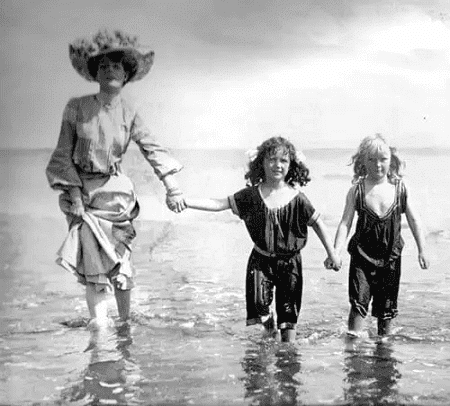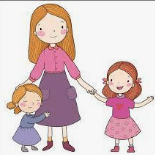Summary : Poem 1 - A Photograph Class 11 English Hornbill
Key Points of the Poem
- The poem is about memory, loss, and time.
- The poet looks at a photograph of her mother as a young girl, which reminds her of the past.
- The photograph shows the mother on the beach with her cousins, smiling, before the poet was born.
- The mother laughs at their beach clothes and remembers her youth.
- The picture shows the mother’s younger self compared to her ageing self now, showing the passage of time.
- The sea in the photograph remains unchanged, unlike human life.
- The poet then reflects on her mother’s death, which has left a silence.
- The poem shows the poet’s grief and her inability to express her feelings after her mother’s death.
- The final thought is the silence left behind, showing the sorrow that words cannot express.

Detailed Summary
The poem starts with the poet looking at an old photo of her mother as a young girl. In the photo, she is standing with her cousins at the beach, standing and smiling at the camera. This was before the poet was born. The mother remembers this moment fondly and laughs at the clothes they wore to the beach.

As the poem progresses, the poet reflects on how her mother had grown older with time, as she remembered the day on the beach. She notices that the sea in the photograph looks the same, but her mother and her cousins have changed over time. Her mother is no longer alive. The photograph shows a moment that stayed the same, while the sea shows the continuity of life and the passing of time.
The poem ends with the poet feeling the silence after her mother’s death. This silence shows her deep grief and her inability to express the pain of losing her mother.
Conclusion
In conclusion, A Photograph shows the pain of loss and the passage of time. The poem expresses the sorrow of losing a loved one, especially a mother. Through images and comparisons, it highlights memory, grief, and the passing of time. The poet’s final thought—the silence after her mother’s death—shows the deep grief that words cannot fully express.
Literary Devices
Imagery:
"The sea… washed their terribly transient feet": Shows that human life is short, but the sea is eternal.
"All three stood still to smile through their hair": Creates a clear picture of the girls enjoying their youth.
Metaphor:
"Laboured ease of loss": Means that dealing with loss is difficult but something we must accept.
Oxymoron:
"Laboured ease": Uses opposite words together to show how grief is both heavy and something we learn to live with. It shows the complexity of grief.
Alliteration:
"Terribly transient": The repeated ‘t’ sound is the alliteration, and it highlights how short life is.
Symbolism:
The sea: Represents timelessness.
The photograph: Stands for memory and the past.
Repetition:
"Silence silences": Repeats the word to show deep grief that cannot be put into words.
Difficult Words
Word - Meaning
- Paddling = wading, splashing
- Transient = fleeting, temporary
- Snapshot = photo, picture
- Dressed = clothed, attired
- Beach = seashore, coastline
- Wry = twisted, skewed
- Laboured = effortful, strained
- Circumstance = situation, scenario
|
72 videos|449 docs|80 tests
|
FAQs on Summary : Poem 1 - A Photograph Class 11 English Hornbill
| 1. What is the poem "A Photograph" about? |  |
| 2. Who is the speaker in the poem "A Photograph"? |  |
| 3. What is the tone of the poem "A Photograph"? |  |
| 4. What literary devices are used in the poem "A Photograph"? |  |
| 5. What is the central message of the poem "A Photograph"? |  |






















